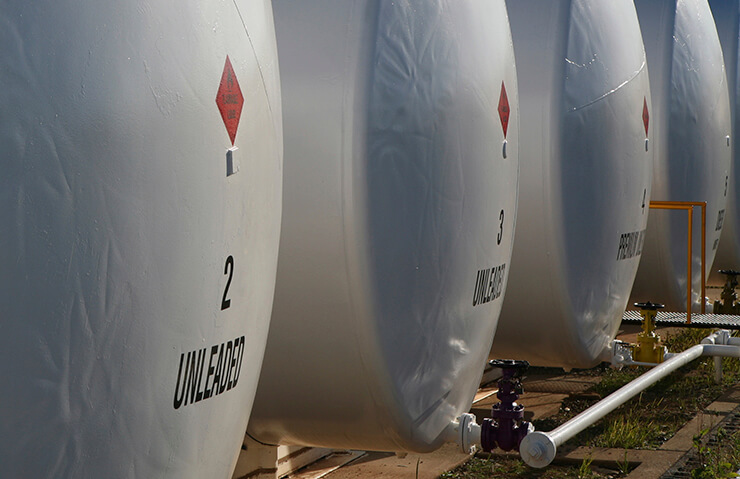How to choose a gas tank?
A gas holder is a reservoir in which gaseous substances can be stored. It can be both oil gas and natural gas and others. These gas storage tanks are used to gasify cottages and summer cottages with liquefied gas. They are installed at a certain distance from the structures. Gas holders differ in the type of installation. It is worth understanding what the difference between vertical and horizontal gasholders. To do this, let's get acquainted with the features of choosing vertical and horizontal installations.
Which gas tank to choose, ground or underground?
The gas holder is a special metal container with a cylindrical shape. This equipment is additionally equipped with elements necessary for gas storage, injection and supply. There are several types of gas tanks.
As you know, a ground gas tank is installed on the surface of the earth, in contrast to the underground version, which is advisable to place underground. Installation of an underground tank requires significant financial costs. Therefore, if we compare the financial side, then a ground installation is a more profitable option. It is very important to comply with certain operating conditions. With the correct storage mode, the gas tank will be able to serve throughout the entire operational period.
Problems when installing gas tanks
If you choose a ground tank for autonomous gas supply, you may encounter a number of problems. Among them are:
- Difficult geological setting. This problem is manifested in acidic soil or high water surface.
- Lack of time and limited space.
- Financial problems. If you do not want to spend money on installing an underground gas tank, then the ground installation option will be optimal for you. In addition, above ground gas storage units are suitable if you need temporary gas supply.
The underground tank is mounted for the purpose of long-term organization of the gas supply system.
Thus, you can choose a gas tank for your home in full accordance with the requirements.
